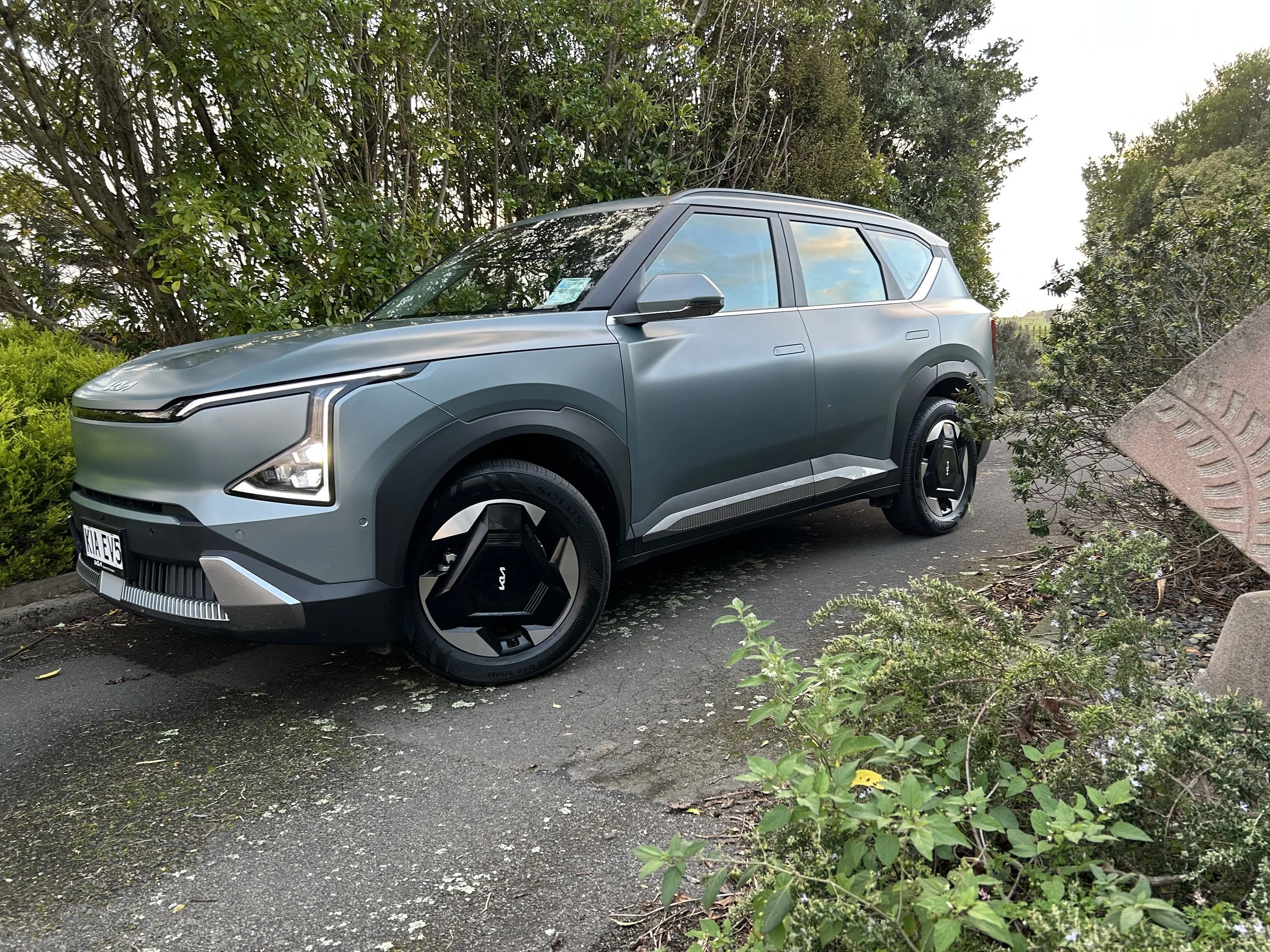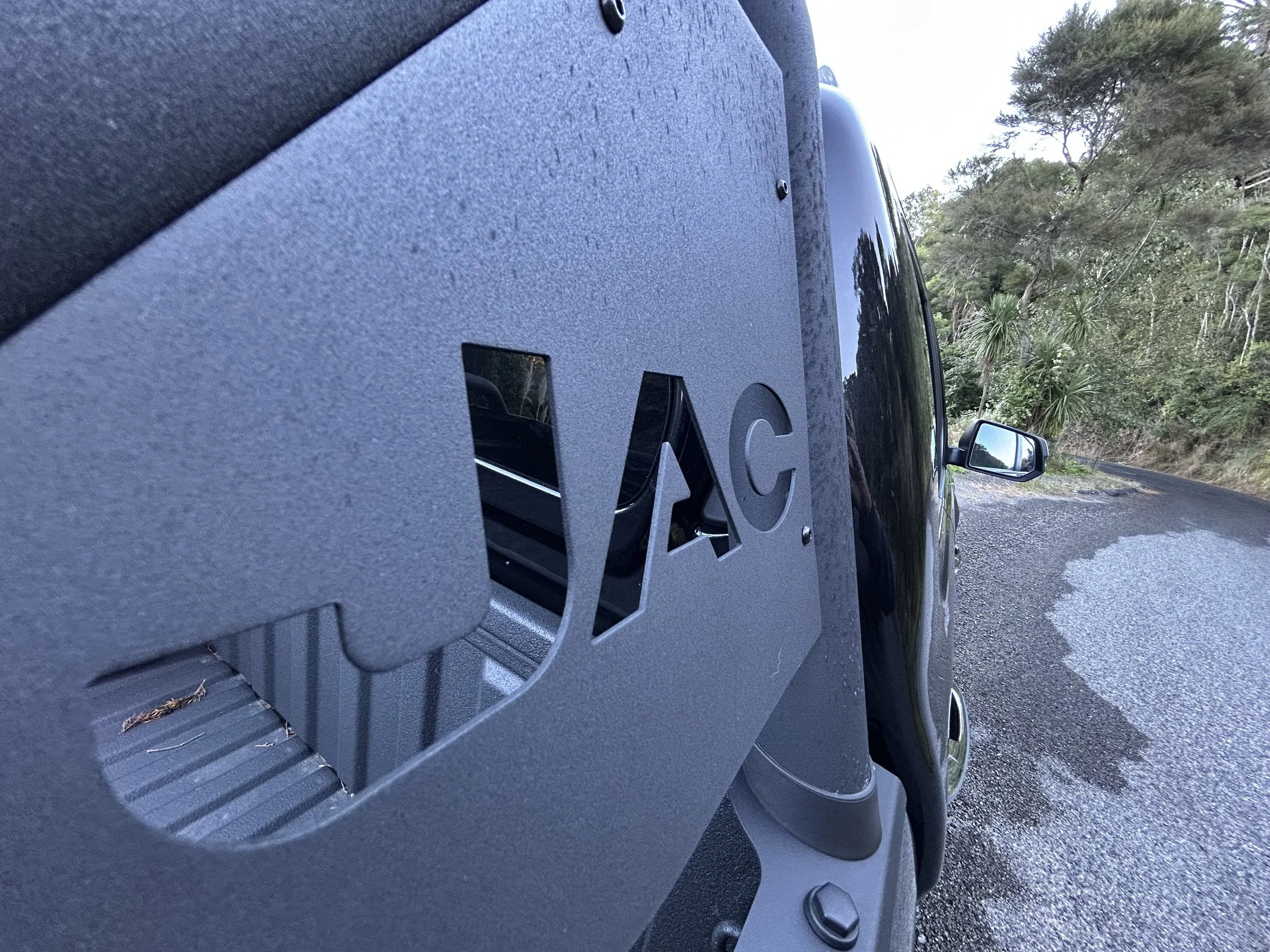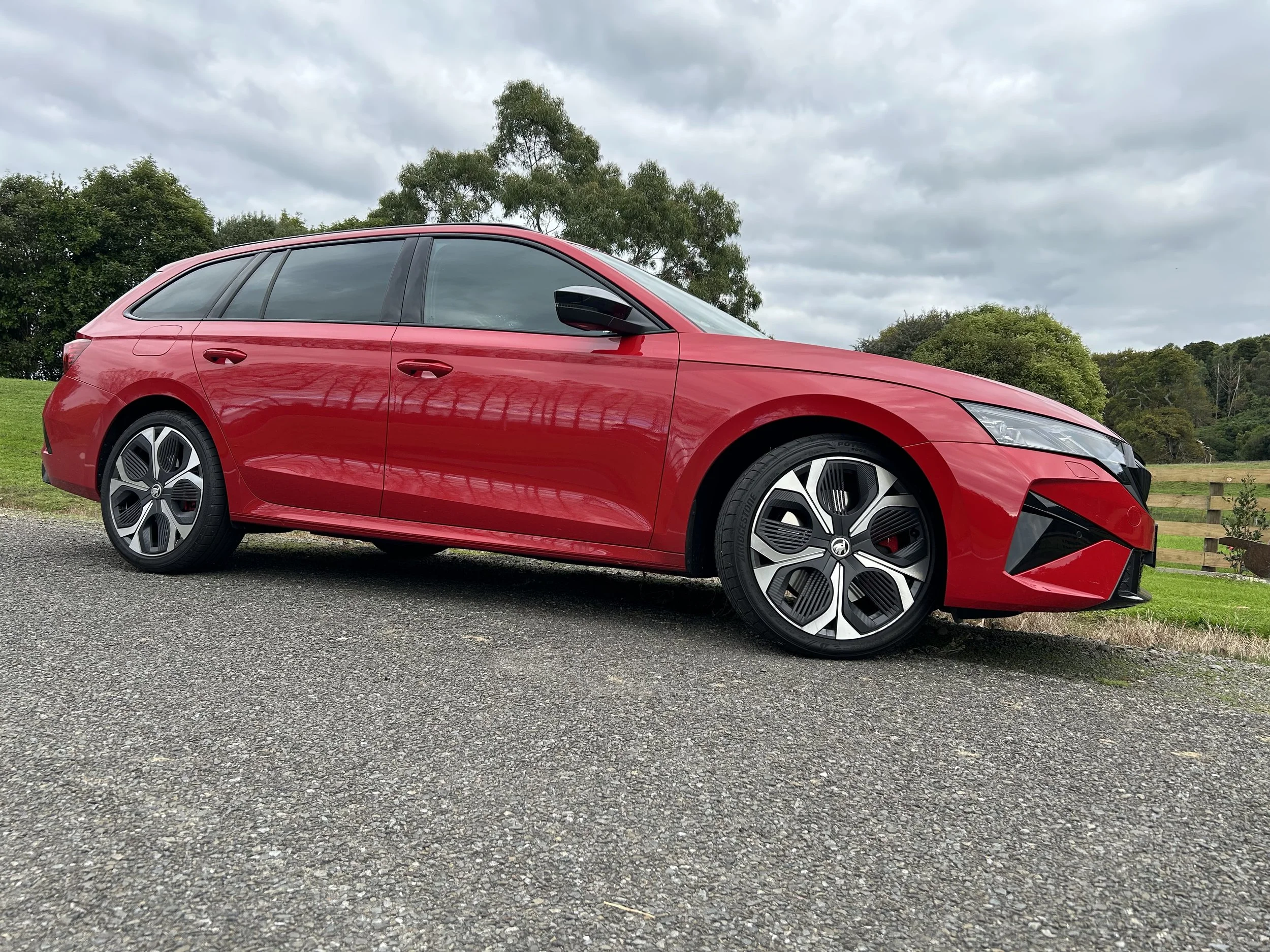Would an electric-assist Amarok spark NZ interest?
/The question is a semantic while Ford keeps its PHEV Ranger tech in-house, but VW locally is keen to assess how much local acceptance eventuates.
POTENTIAL the ‘other’ kind of Ranger sold here, the type out of Volkswagen, could also uptake a new plug-in hybrid drivetrain that is about to release with the Ford is possibly not out of the question.
In the here and now, the Amarok does not seem to be limbering up to adopt the new drivetrain, which promises up to 45 kilometres’ electric driving, the best economy, the lowest CO2 count and the most torque from any current Ranger engine.
Kevin Richards, general manager of Volkswagen Commercials, says as tasty as the drivetrain appears to be, he’s not unhappy for Ford to reconcile how much actual acceptance it will achieve with its three incoming double cabs, given the buyer set for both brands seems to be strongly diesel-wed.
In respect to Amarok, the consistent volume achiever is the trophy truck-outfitted V6 Aventura V6 diesel. Would a PHEV equivalent be useful?
Perhaps, Richards agrees, but he’s content to sit back and see how Ford goes with the drivetrain.
“You always want things first because it's exciting and it's new, but sometimes being late to the party means you can turn up and see what everybody else is wearing,” Richards quipped when speaking at an event yesterday show off his division’s new star, the ID.Buzz electric.
“If you've turned up in a pair of old trainers and jeans and everybody else is in ball attire, you can pop home, get changed and come back.
“For me, seeing what Ford can do is no bad thing.”
The battery-assisted model being based on exactly the same underpinning as Amarok and solely made in the same factory in South Africa from which the NZ-market VW ute arrives.
Those factors would be highly useful in supporting any technical feasibility, Richards says.
But as far as he there’s no chance for Amarok having the battery drivetrain just now.
“These decisions are made at group level and we’ haven’t heard anything.
“Those decisions are far removed from my area of responsibility, but my vote would be that should the opportunity arise to investigate a plug-in hybrid, we would be remiss not to look at it.”
Amarok as it sells currently is purely in 2.0-litre four-cylinder and 3.0-litre six cylinder diesel, with the edition with a 2.3-litre petrol - the same engine that is used with the Ford-developed hybrid, but in detuned state - having been quietly rescinded as it didn’t register enough hits to warrant keeping.
Richards says the petrol could come back if demand returns, but right now Amarok is doing fine in its 292kW/583Nm V6 turbodiesel double cab format, which Ford also takes.
The customer call for that big-lunged diesel also raises thought about whether the PHEV would fit well with Amarok, he suggested during discussion yesterday, during the launch for the ID.Buzz electric.
“I think that where it (the PHEV) is typically going to be used is predominantly around urban areas, just as a number of Amaroks are, so I could see a use there.”
Even though the Ranger PHEV has an identical 3.5 tonne maximum towing capacity as the diesel Ford and VW models, he wonders if it would be preferred.
“We do have a lot of owners who use the car to tow their boats, and I think they would be probably happier with a V6 diesel for that than a plug-in hybrid.”
That’s entirely a hypothetical, he enforces, because as things stand there is no talk of a cross-share of this drivetrain.
In isolation, the 2.3-litre - also made by Ford, and used in some passenger models including Mustang - is a high-energy unit; the Amarok 2.3 had 222kW and 452Nm.
For the PHEV application, Ford pulled that back to better suit association with a 75kW electric motor, so total combined output is 207kW/697Nm.
The PHEV has the electric motor augmented between the engine and transmission, this fed by a 11.8 kWh battery mounted to the chassis rails under the bed.
Ford claiming a economy figure of 2.8 litres per 100km judged by using the NZ-relevant WLTP calibration. Is has also rated the PHEV to tow 3.5 tonnes, the same limit meted the V6.
Richards concurs two Ford Ranger derivatives very unlikely to site behind the VW logo are the Ranger Raptor performance flagship - which registers peak prowess with 292kW/583Nm 3.0-litre EcoBoost petrol - and a Super Duty type that is also incoming here in 2026, also with the V6 diesel but detuned slightly. Pricing for the latter is expected to come out imminently, but Australia market stickers suggest it could be the most expensive Ranger yet


















